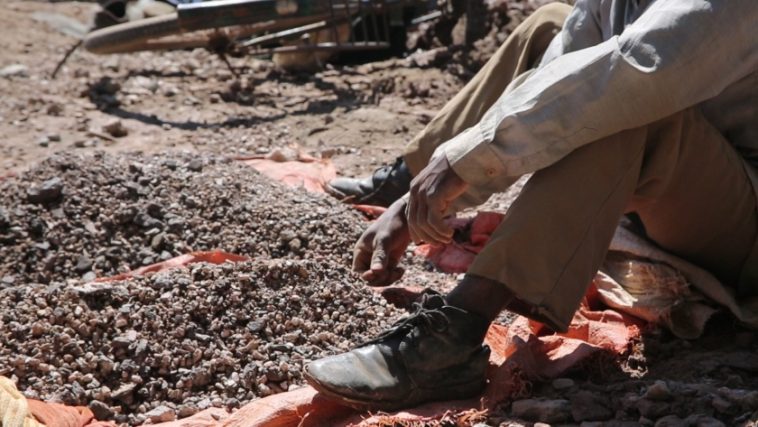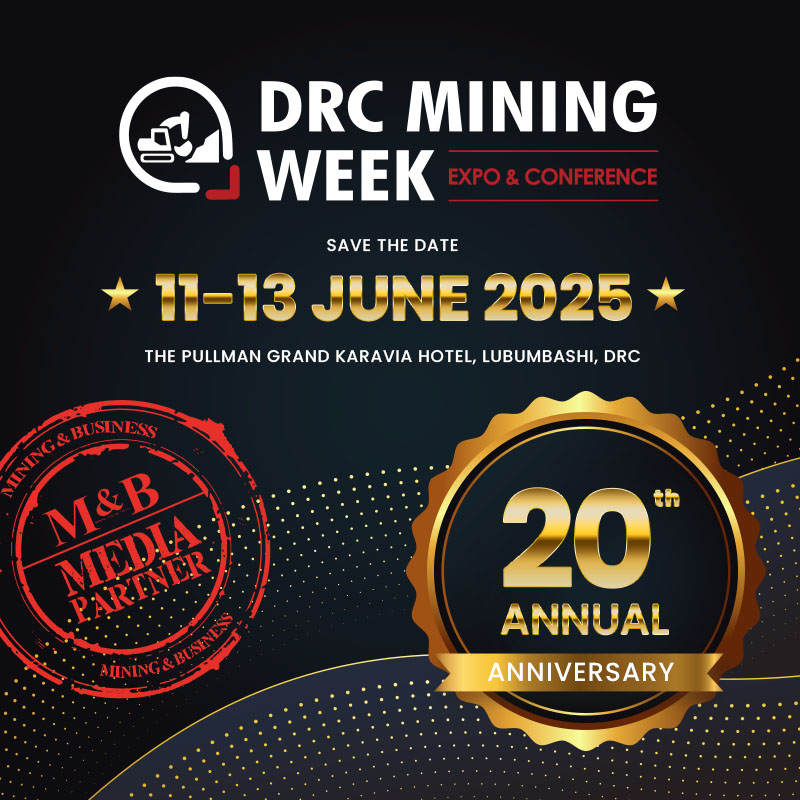By David Sturmes
At the Kamilombe mine site on January 22nd and 24th, just outside Kapata in Lualaba and home to more than two dozen informal cobalt mines, six men lost their lives during two separate incidents. Sixteen of their colleagues were rescued in time.
So what happened? A lack of mine planning and the resulting inability to manage water flooding into the mine after days of heavy rains caused individual tunnels to be blocked off, leaving no route to escape. The resulting pressure affected the structural integrity of the tunnel walls, causing cave-ins. Sadly, these kinds of incidents are not uncommon at most informal mines.
This is the great dichotomy of artisanal mining – an industry that serves 200,000+ people in the region as their primary source of income on the one side and a continual and very real threat to their physical well-being on the other.
Kamilombe has been run by mining cooperative la Coopérative Minière pour le Développement Social (CMDS) since 2004 and offers around 11,000 men and women a regular income. CMDS has partnered with the Fair Cobalt Alliance to look at realistic and sustainable solutions to workers’ safety and well-being.
We believe that it is possible to make a material difference to safety standards in these mines by forging partnerships with local cooperatives, engaging with mine workers across the sites, and attempting to gain a solid understanding of their vision instead of imposing set-in-stone solutions. Supporting cooperatives like CMDS, we can start introducing technical skills, support mine planning, and explore how we can access equipment to mine securely.
It is essential to take a critical look at why accidents like this are happening and will continue to happen unless we all take decisive and meaningful action.
Challenging working conditions at most artisanal mine sites
Artisanal mining is known for the use of generally basic, low tech tools , which often results in hazardous working conditions. Potential workplace hazards include exposure to heavy metals during washing and underground gas build-ups due to a lack of ventilation and tunnel collapses, which put anyone working underground at risk of losing their lives.
At industrial mines, geologists and mining engineers plan professional mine sites with environmental management and occupational health and safety experts’ input. Artisanal miners, on the other hand, develop their sites through trial and error, with minimal knowledge of the site’s geology and technical capacity to guarantee health and safety.
While industrial mines have access to significant investments for site preparation, artisanal mine sites are often financed through their immediate cash flow – leaving cooperatives unable to invest meaningfully into mine infrastructure unless fortunate to benefit from external donor funding. Yet, significant planning and investment is the only way to prevent fatal accidents from happening.
The artisanal mining sector needs investment to be accessible to the cooperatives and mine operators to develop and implement site-specific Continuous Improvement Plans. Setting time-bound goals to complete joint targets, backed by a budget for investment into the site’s infrastructure, equipment, and environmental management, results in cooperatives rising to market expectations and participating in formal mineral supply chains.
The challenge is not a small one – a mine site such as Kamilombe requires multi-million dollar investments to achieve a lasting impact on changing working conditions – investing in reducing tunnel depth, proper ventilation, and effective stormwater management – to name but a few.
What would it take to enable safe and dignified ASM
So how do we get from where we stand today – 30-40 largely informal, artisanal mining operations negatively associated with dangerous working conditions – to a state in which ASM is perceived as a positive driver of development, offering dignified and well-paying work to the local community members?
Forging long-term commercial partnerships to enable investment.
To access capital, cooperatives need to partner with cobalt buyers, entering into mutually beneficial pre-financing agreements. Cooperatives generally do not have the means to invest themselves, at least not in the short term.
It is also important that any investment partners share a long-term vision for mine site development. Prioritising short-term returns can create risks from cutting corners, however, which in turn can put people’s lives and livelihoods in danger. Instead, business partners need to share a long-term vision for the collaboration to have a meaningful impact. A precondition to such an arrangement is clarity around the legal status of the mine.
Legalising viable artisanal mining operations.
To justify investments, mine sites need to be recognised as legal. Sector-wide reform is needed to enable cooperatives to achieve legal status.
The government has shown interest in formalising the sector, producing what they consider to be a strategic mineral. Meanwhile, initiatives like IDAK (a dialogue platform to discuss sustainable investment in the k
Katanga region, in French Investissement Durable Au Katanga) and the ILO-led COTECCO project (Combatting Child Labor in the Democratic Republic of the Congo’s Cobalt Industry) are actively exploring what LSM – ASM coexistence could look like. To create legal mines for artisanal miners, buy-in from the concessionaires will be crucial.
Setting realistic expectations to enable inclusive, sector-wide change. Recognising that change will not occur overnight is key to sustained improvements in the long term. Moving from where mine sites stand today to acceptable working conditions requires a step-by-step transformation. Staged investments will not resolve all issues immediately, particularly where we face long-term structural challenges in the ASM sector.
Sector-wide improvements can only be achieved in the context of promoting continuous improvements. To help prioritise investments, the FCA has helped develop a framework for investment into artisanal mine sites that gradually enables compliance with Congolese regulatory requirements as codified by the CTC standard. The more people recognise this framework as acceptable, the easier it will be for others to follow suit and invest in new mine sites.
Mine-worker-centric interventions.
Most importantly, the success of any attempt to professionalise ASM sites depends on how miners are engaged. Miners will welcome initiatives that help keep them safe and, importantly, earn more.
It is crucial to work with the miner representatives and miners to agree on mine site investments and organise worker training. If the artisanal miners on the ground do not see the value of efforts deployed, the entire project is doomed to fail.
Over the last months, our team in Kolwezi has been working closely with our partner cooperative CMDS, representatives of mine workers and local government to prioritise actions on the ground designed to prevent accidents and keep workers safer.
We recently started working with experts on water and mine planning to help them develop a realistic investment plan for the transformation of Kamilombe. Clearly articulating their investment needs will hopefully enable the cooperative to find a suitable investor.
As we hear about the numerous tragedies that engulf ASM communities daily, pressure is mounting to improve the informal mining sector’s conditions in the DRC and beyond. Fact is, unless we make meaningful investments into the ASM sector, these issues will persist. Through collaboration, change is possible.







